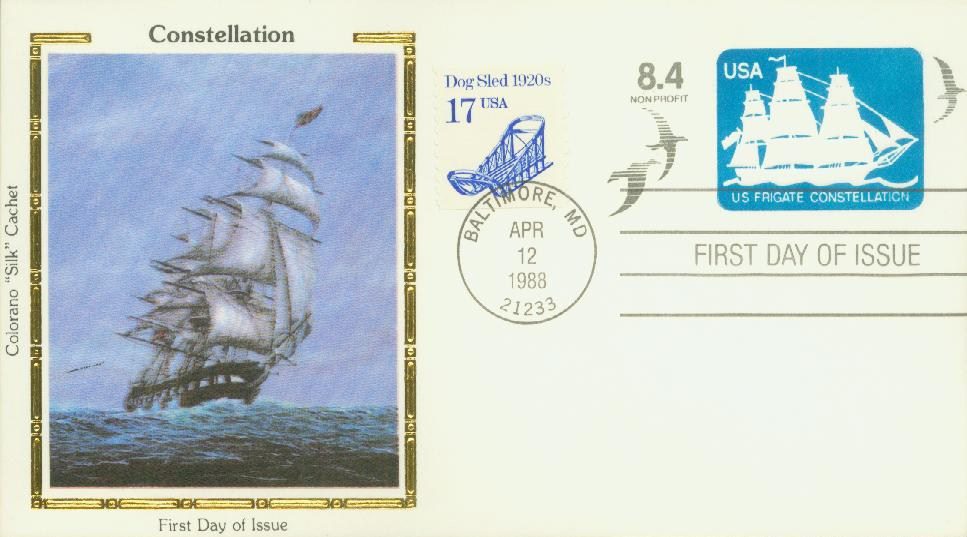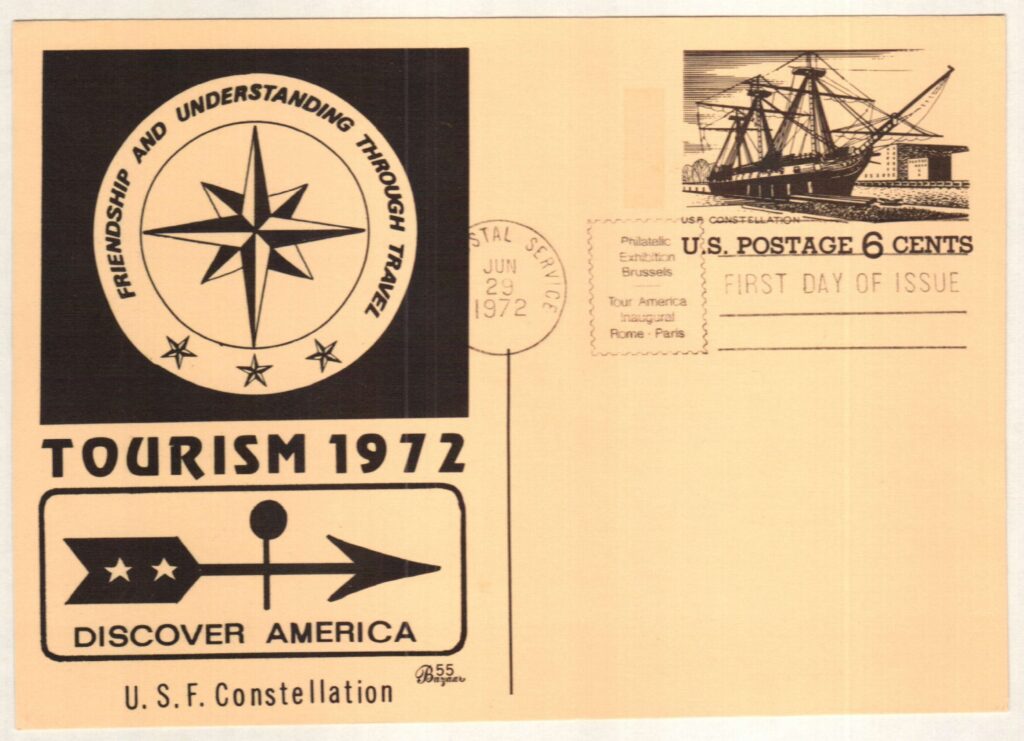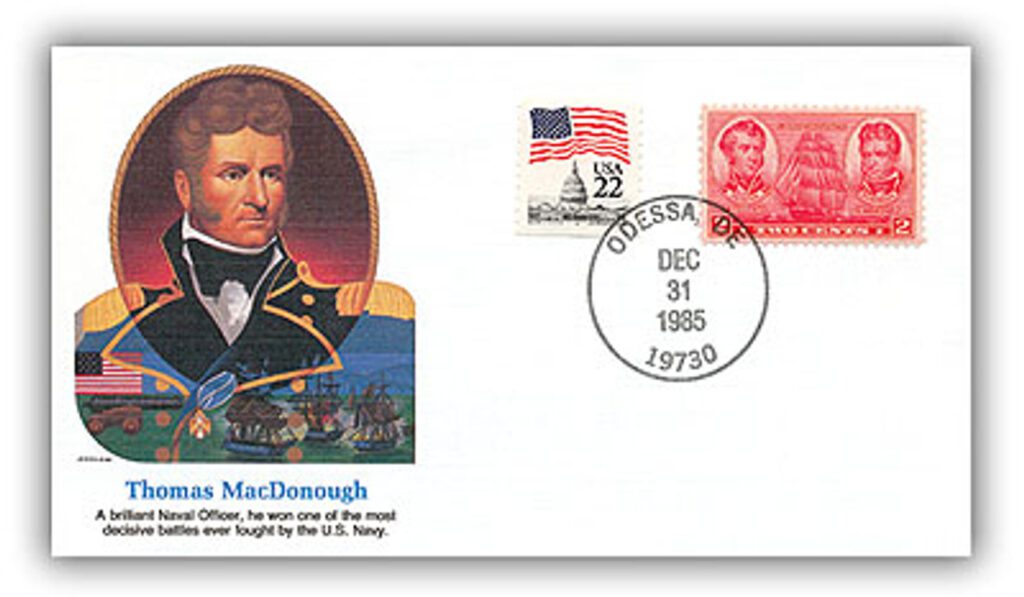
Thomas Macdonough (born McDonough) Jr. was born on December 31, 1783, in New Castle County, Delaware. The town in which he was born was later named McDonough in his honor.
Macdonough worked as a clerk until 1800 when he joined the navy as a midshipman aboard the USS Ganges. His first term of service brought him the West Indies. After the Quasi-War with France ended, Macdonough was assigned to the USS Constellation for service in the Mediterranean Sea.

Macdonough served on Constellation during the First Barbary War before being transferred to the USS Philadelphia, captained by William Bainbridge. He was present for the ship’s capture of the Moroccan vessel Mirboka. Macdonough was then sent to the USS Enterprise to serve under Stephen Decatur. He volunteered to participate in Decatur’s raid on Tripoli harbor and provided vital support in the destruction of his former ship, the Philadelphia. The Philadelphia had run aground and come under enemy control – so a plan was made to destroy it to prevent the Tripolitans from using it against American forces.
Macdonough was promoted to acting lieutenant for his role in these operations. He was then transferred to the USS Syren before traveling to Connecticut to oversee the construction of new gunboats. In the years to come, he was placed in charge of several of these boats, enforced the Embargo Act, and took time off to captain a British cargo ship to India.
Macdonough was serving aboard the Constellation when the War of 1812 broke out. At the time, the ship was undergoing repairs and was blockaded by the British. So Macdonough requested reassignment and was placed in charge of gunboats protecting Portland, Maine. After a brief time there, he was sent to Burlington, Vermont to lead naval forces on Lake Champlain.
In June 1813, the British captured the only two American ships on Lake Champlain. This effectively gave the British control of the lake. Macdonough quickly ordered the construction of new ships – the Saratoga and Eagle, as well as several gunboats. The following spring, the British Navy sailed to where these ships were being constructed in an attempt to destroy them. Macdonough had the big guns removed from the ships and placed on the shore nearby. Their relentless fire drove the British away and saved the new ships.
Once the new ships were completed, Macdonough sailed them to Plattsburgh, New York. In September, the British launched a land and sea attack on Plattsburgh. Macdonough had never fought in a large ship-to-ship action before, but he led his men to victory. His cannons inflicted significant damage to the British ships, enabling him to force the flagship’s surrender. He then captured or destroyed the rest of the larger ships. Macdonough’s victory forced the British to retreat to Canada, in effect preventing them from making any territorial claims in the subsequent peace treaty.
In 1815, Macdonough was placed in command of the Portsmouth Navy Yard. After three years there, he returned to service with the Mediterranean Squadron. Macdonough was then made captain of the USS Constitution in 1824. However, he suffered from tuberculosis and relieved himself of command while in Gibraltar. He died on his return journey to the US on November 10, 1825. Many towns, counties, and buildings have been named after Macdonough, as well as several ships and a sailboat race on Lake Champlain.
| FREE printable This Day in History album pages Download a PDF of today’s article. Get a binder or other supplies to create your This Day in History album. |
Click here to see what else happened on This Day in History.





